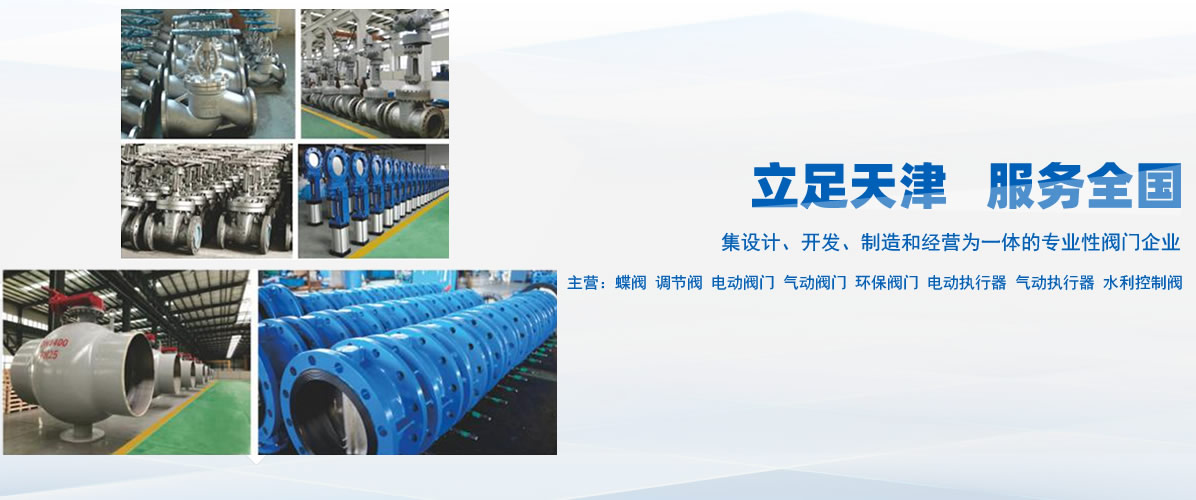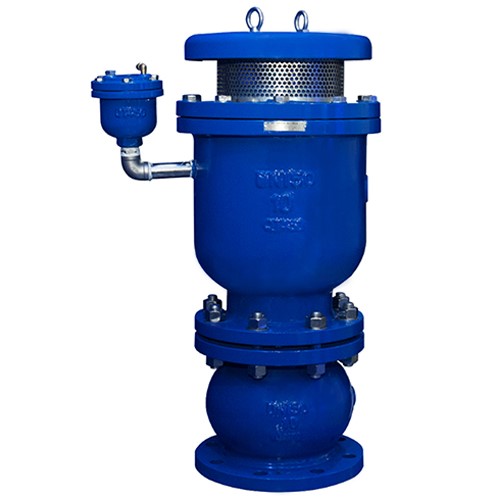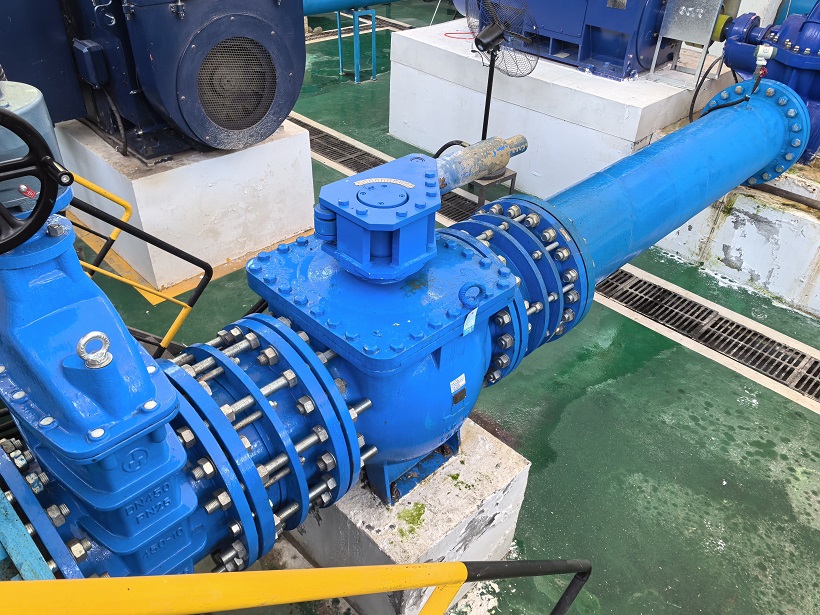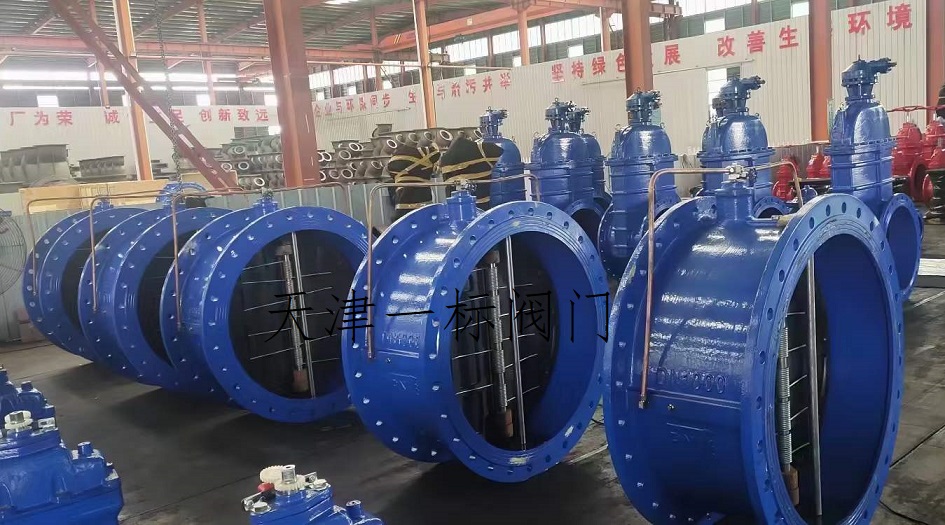Hydraulic automatic valve
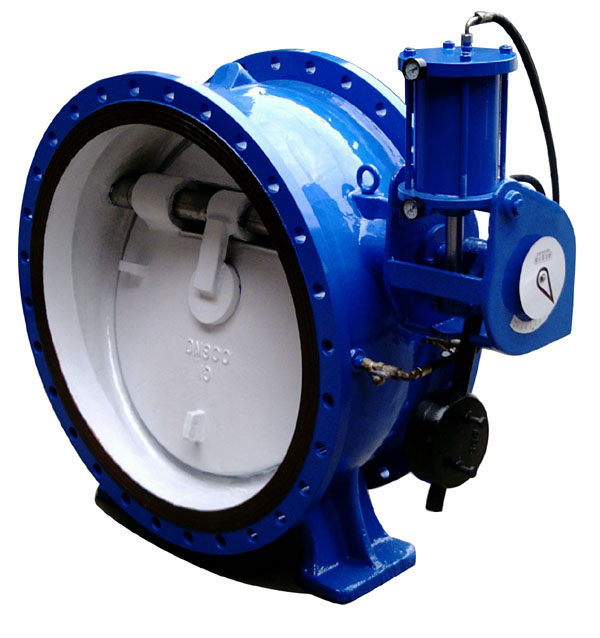
Hydraulic automatic valve is a valve device that achieves automatic control through hydraulic principles, mainly used to eliminate water hammer effects, regulate fluid flow, and prevent medium backflow. The following is the compilation of its core information:
1. Definition and Function
Hydraulic automatic valves (such as BFDZ701X model) combine the functions of electric gate valves, electric butterfly valves, and check valves, eliminating water hammer impact through a dual action mechanism of fast closing and slow closing, and are suitable for media such as water, gas, and oil. Its core functions include:
Pump valve linkage: prevent motor overload;
Remote control: supports intelligent monitoring and operation;
Zero leakage sealing: ensuring the safety of the pipeline network.
2. Technical parameters
Diameter and pressure: DN150~2000mm, nominal pressure 1.0~2.5MPa;
Temperature range: -10 ℃~+200 ℃ (PTFE lining models can reach up to 180 ℃);
Applicable media: water, gas, oil, and wastewater containing particles.
3. Structural principle
Double butterfly plate design: the large butterfly plate quickly closes (90% stroke), and the small butterfly plate slowly closes (remaining 10% stroke) to eliminate water hammer;
Drive mode: The medium pressure drives the piston to open and close the valve, without the need for external power supply.
4. Application scenarios
Ordinary type: conventional water quality environment;
Adjustable type: scenarios that require flow control;
Sewage type: medium containing solid particles;
Low pressure return type: Low pressure pipe network system.
选型建议





